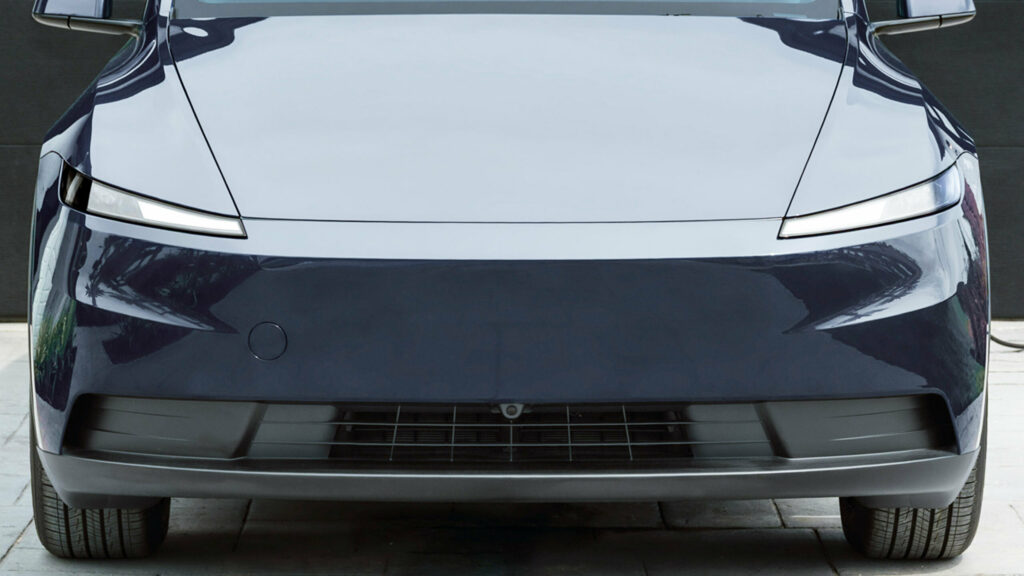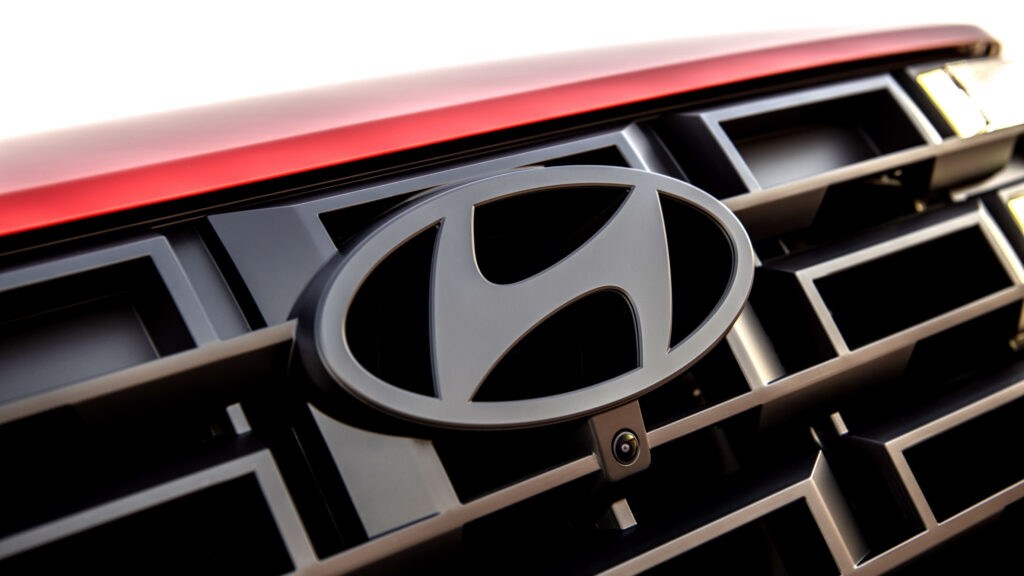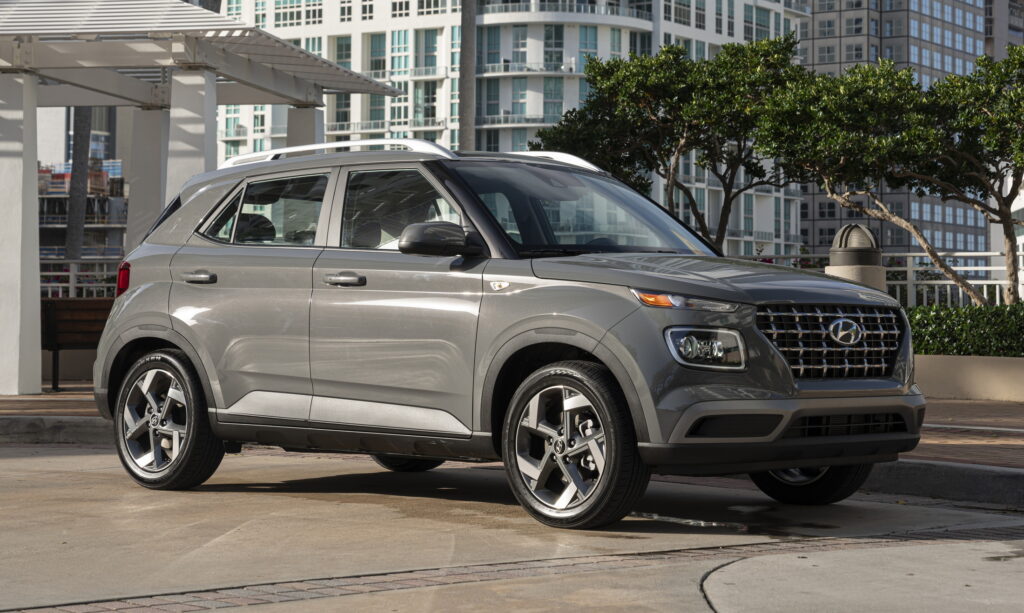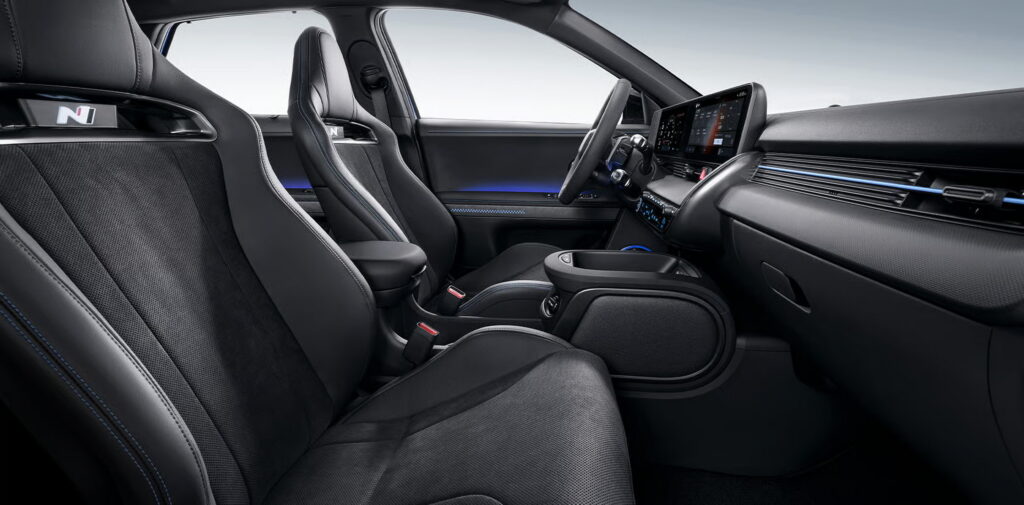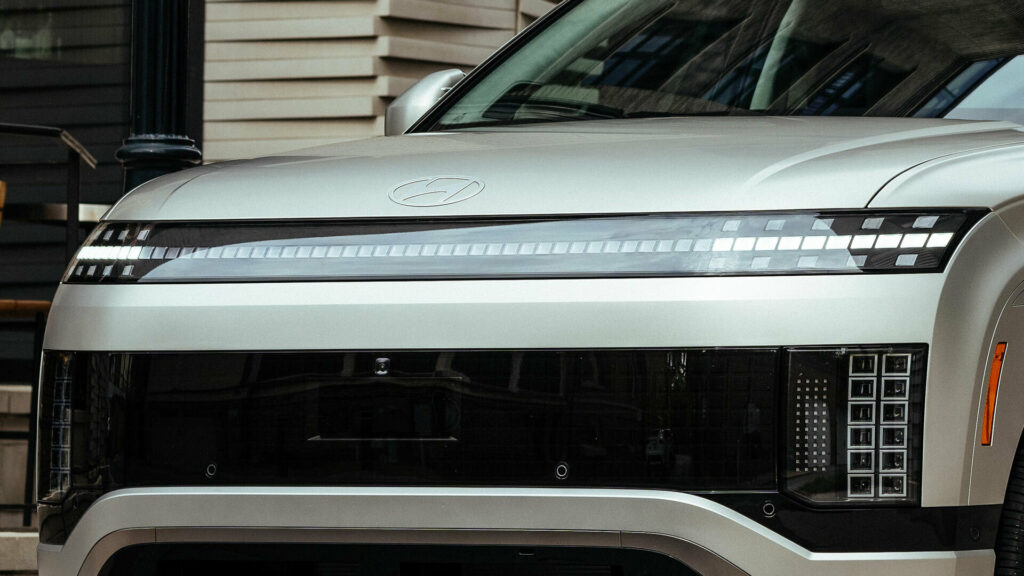His Ioniq 5 N Died Months Ago And The Silence From Hyundai Is Deafening
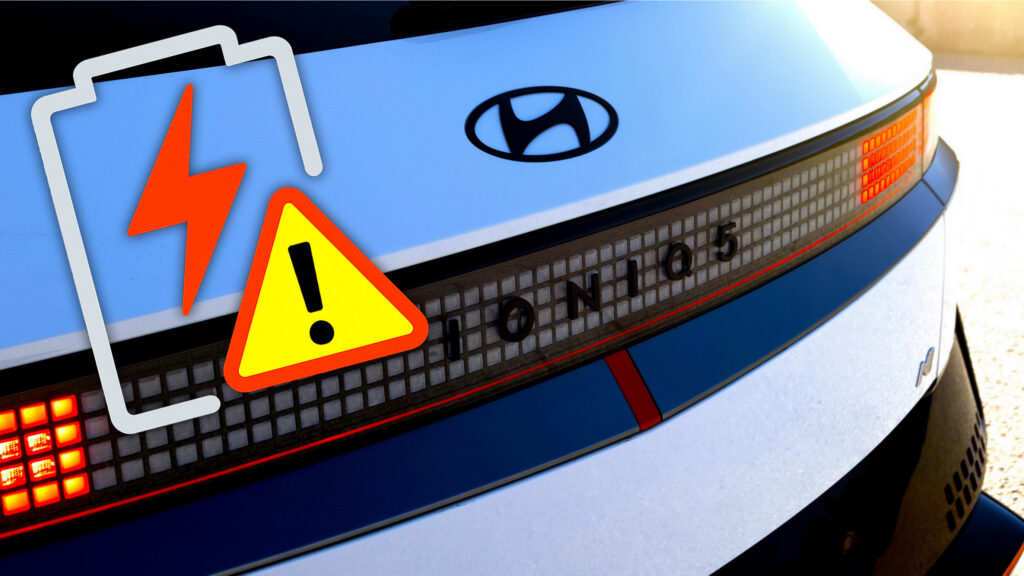
- A Ioniq 5 N driver claims his EV’s been immobile for more than two months.
- The owner says Hyundai and his dealer have given no update or resolution.
- The company has not yet responded to Carscoops’ request for a comment.
The Hyundai Ioniq 5 N is a game-changer. It proved all on its own that electric cars can deliver genuine driving enjoyment, not just straight-line speed. No doubt, that’s partially what convinced one Texas buyer to snap up one of the very first examples available in the state.
The excitement behind the purchase has soured, though, because at the 8,000-mile mark, the Ioniq 5 N allegedly failed. Now, it’s reportedly been sitting at a dealership for two months straight with no end in sight.
More: Hyundai Dealer Fixed His ICCU Then Let Thieves Total The Rest Before He Even Saw It
The public saga began on August 27 when the owner, William, posted about his situation on Reddit. In a thread with the title “Help me navigate the run around I think I am getting from service,” he details how one day his car displayed a red warning light and refused to charge.
At that point, the car had already been in service for weeks “with no clear answers,” he says. Notably, the service advisor reportedly told him the issue wasn’t the ICCU, or Integrated Charging Control Unit, the system that controls charging and power flow in the car and has been a known weak spot on some Ioniq 5 models.
Shared Frustrations
Other Reddit users claiming to own Ioniq 5 N or Elantra N models described similar frustrations with the same dealer in San Bruno, California. One said their car was misdiagnosed before ultimately receiving a new ICCU after 45 days.

“They are an absolute mess over there,” another commenter added about the same Northern California dealership. A week ago, William posted another update.
“After 2 months, I still don’t have my car and no end in sight. Good luck to folks out there waiting on a battery”, he wrote. In a screenshot from the dealership, a service advisor reportedly confirmed that the vehicle’s main battery was “on backorder” with “no ETA.”
Communication Breakdown
William went on to tell Carscoops that Hyundai’s lack of transparency has been the most frustrating part of the process. “Even giving Hyundai the full benefit of the doubt on supply-chain issues, the lack of transparency is inexcusable,” he said. “Every week it’s the same line – no ETA on a battery and no ETA on my car.”
Also: $120 For An Oil Change? No Thanks, I’ll Do It Myself For $6,000
The owner, who has already initiated a buyback request, says that process has also stalled: “Four weeks in, and no progress.” Carscoops has reached out to Hyundai for comment regarding the reported battery issue and ongoing parts delays.
The automaker confirmed that it is looking into the issue as of this writing, but hasn’t provided any additional insight at this point. We’ll update you here if we hear back.

